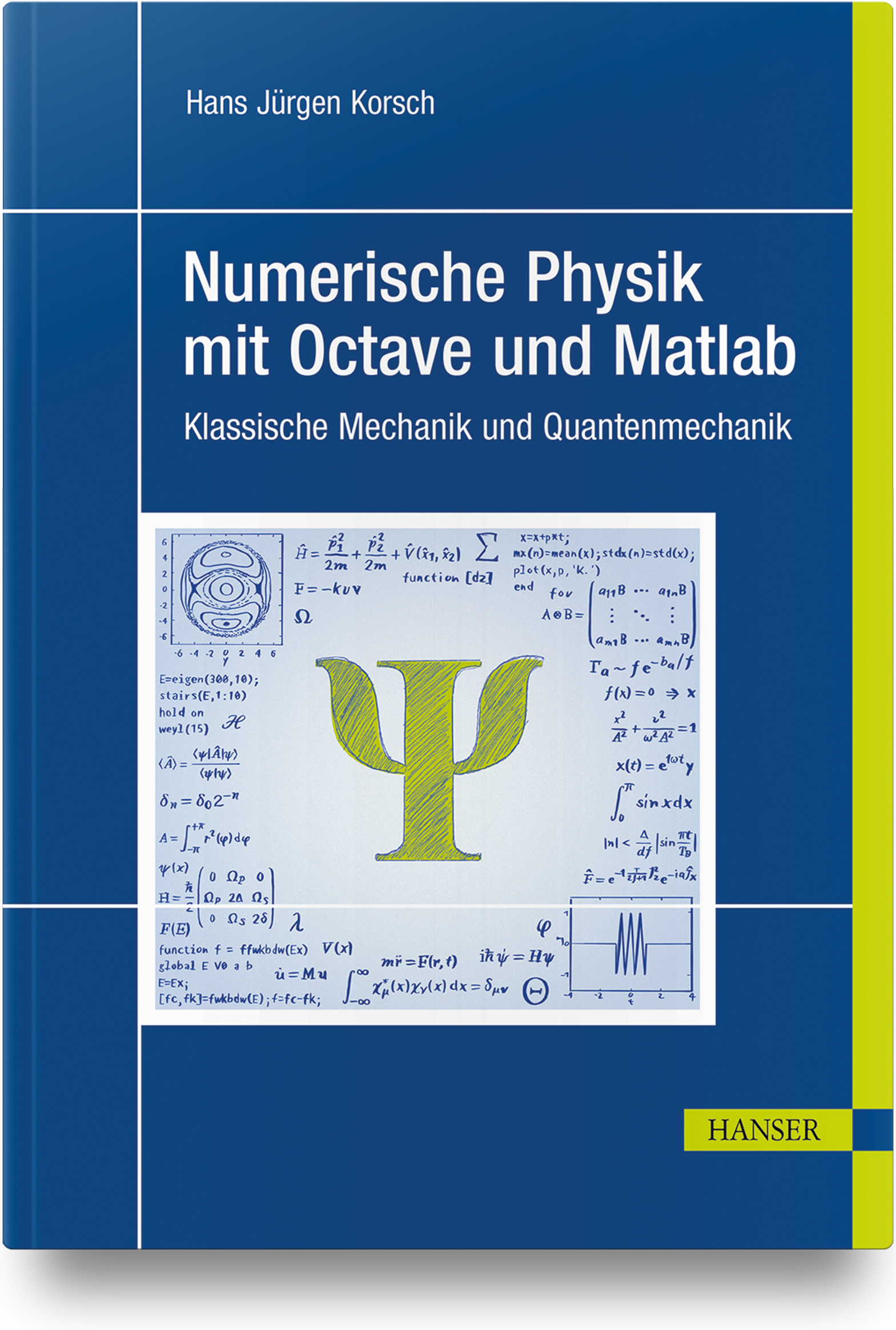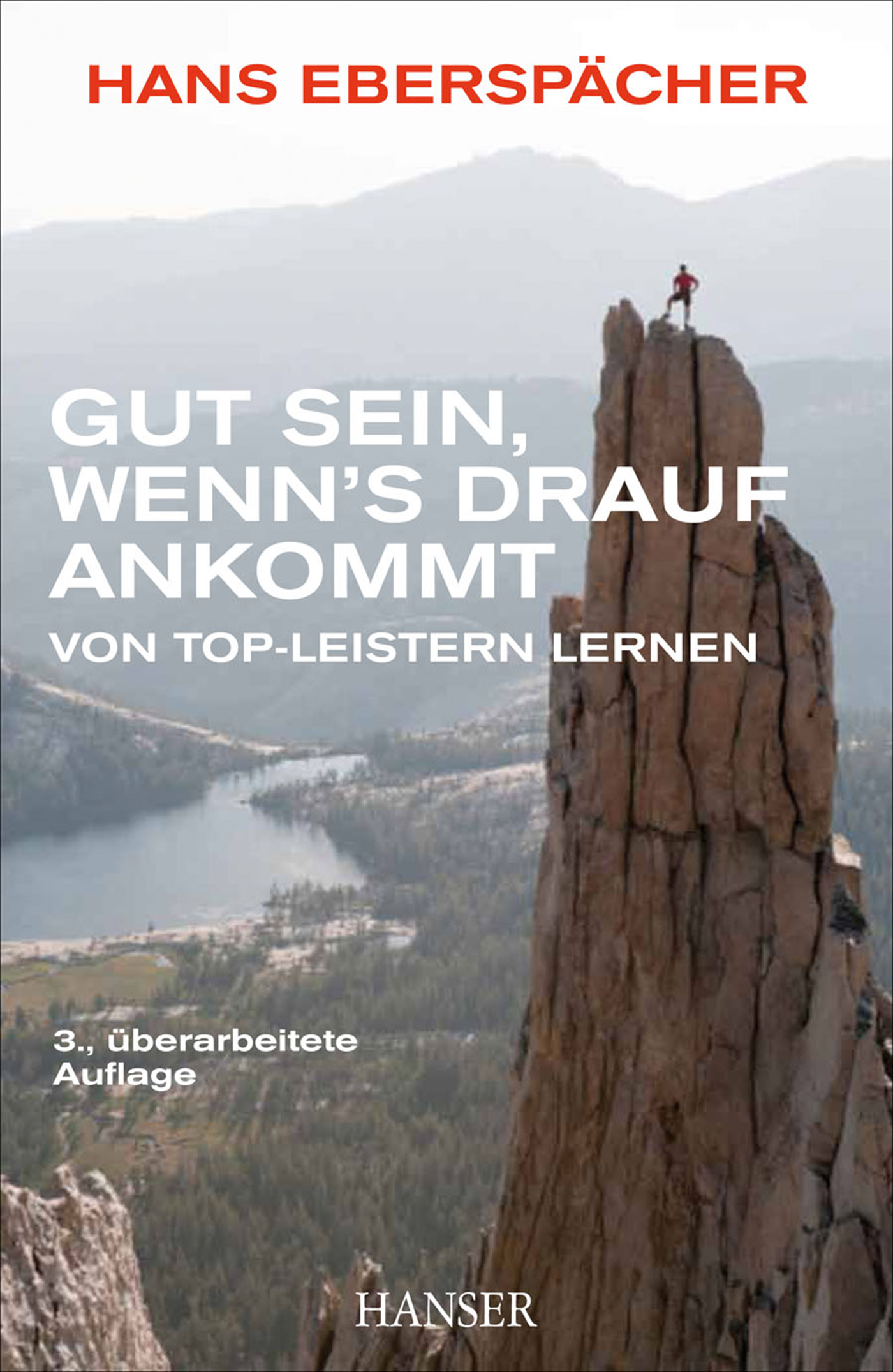- Grundlagen
- Maschinenbau allgemein
- Technische Mechanik
- Technische Thermodynamik
- Technische Optik
- Werkstoffe
- Management
- Konstruktion
- Konstruktion allgemein
- CATIA
- NX
- Pro/Engineer & Creo Parametric
- SolidWorks
- Inventor
- Weitere Systeme
- Sie sind hier:
- Fachbuch
- Kunststofftechnik
- Verarbeitung und Maschinen
- Recycling
Ecodesign
A Life Cycle Approach for a Sustainable Future
inkl. MwSt., ggf. zzgl. Versandkosten
sofort lieferbar
sofort lieferbar
- ISBN: 978-1-56990-861-7
- Buchangaben: 1. Auflage, 12/2020
269 Seiten, Fester Einband, in full color
This unique book serves as a key guide for designers, organizations, governments, companies, or anybody else with an interest in a sustainable future, by addressing three main topics: First, ecodesign is explained for what it is and how it fits with the necessity for a sustainable planet. Second, ecodesign is shown to be a coherent and practical process with a plan and tools that can be used to provide solutions for the environmental challenges the world faces. Third, the impact of the ecodesign approach is elaborated for enterprises, governments, and consumers.
Both legislation and consumer pressure for more sustainable goods and services require industry and academia to come up with meaningful solutions that consider economic, societal, and environmental aspects alike. This book provides the necessary clarity and tools to assess current products and support and inspire design of new ones to minimize the environmental impact and improve the circularity.
Contents:
* Necessity of Ecodesign
* Emergence of Ecodesign and the Circular Economy Model
* Design for X
* Ecodesign Tools
* Ecodesign in the Product Development Process
* Stimulating Ecodesign
* Ecodesign and Entrepreneurship
* Ecodesign and Governance
* Ecodesign and Consumers
This unique book serves as a key guide for designers, organizations, governments, companies, or anybody else with an interest in a sustainable future, by addressing three main topics: First, ecodesign is explained for what it is and how it fits with the necessity for a sustainable planet. Second, ecodesign is shown to be a coherent and practical process with a plan and tools that can be used to provide solutions for the environmental challenges the world faces. Third, the impact of the ecodesign approach is elaborated for enterprises, governments, and consumers.
Both legislation and consumer pressure for more sustainable goods and services require industry and academia to come up with meaningful solutions that consider economic, societal, and environmental aspects alike. This book provides the necessary clarity and tools to assess current products and support and inspire design of new ones to minimize the environmental impact and improve the circularity.
Contents:
* Necessity of Ecodesign
* Emergence of Ecodesign and the Circular Economy Model
* Design for X
* Ecodesign Tools
* Ecodesign in the Product Development Process
* Stimulating Ecodesign
* Ecodesign and Entrepreneurship
* Ecodesign and Governance
* Ecodesign and Consumers
A good introduction
The book's covers far more than good overview of Ecodesign methods.
The important methods are presented and their advantages and disadvantages are explained. Unfortunately, the breadth of the topics covered is somewhat at the expense of concrete examples. The more fundamental chapters offer a lot motives for discussion. I am not as convinced as the authors that the designer is always the enabler or the decisive person in a company and overall the book is perhaps a little too Europe-centric, but it is definitely recommended as an introduction to the topic of Ecodesign.
Die Lektüre dieses Buches sollte ein Muss für jeden, der sich mit Nachhaltigkeit (beruflich) beschäftigt!
Die Lektüre dieses Buches sollte für jeden, der sich (beruflich) mit Nachhaltigkeit beschäftigt, ein Muss sein!
Der Inhalt ist wirklich sehr aktuell und auf dem neuesten Stand. Obwohl man viele Begriffe heutzutage überall liest (Kreislaufwirtschaft, EU Green Deal, Closed-Loop, Cradle-to-Cladle, usw.), fand ich es sehr erfrischend und horizonterweiternd, wie die Autoren immer eine historische Perspektive geben, so dass man verstehen kann, seit wann X oder Y Idee, Prinzip, Modell entstanden ist und wie es gegebenenfalls weiterentwickelt, ergänzt oder modifiziert wurde bis zu der Version, die im Mainstream bekannt ist.
Das Buch gibt auch viele Anregungen für Unternehmen, die ihre Nachhaltigkeitsstrategie (weiter) entwickeln wollen. Es gibt viele Werkzeuge für das strategische Denken. Meiner Meinung nach ist das Buch für die gesamte Chefetage eines Unternehmens, das es mit der Nachhaltigkeit ernst meint, ein Muss.
Außerdem sind die Kapitel sehr gut strukturiert, die Quellen werden am Ende jedes Kapitels angegeben, was ich für sehr wichtig halte. Wenn man sich nur für einzelne Themen interessiert, kann man auch einzelne Kapitel gut lesen.
Gute Zusammenfassung des Themas
Das Buch bietet einen guten Überblick über die verschiedenen Aspekte und Werkzeuge, die man benötigt, wenn man Produkte hinsichtlich ihrer Umweltverträglichkeit optimieren bzw. neu entwickeln möchte.
Es werden eine Reihe von Bewertungstools vorgestellt, sowie die Vor- und Nachteile dieser ganz anschaulich erläutert, so dass je nach Anwendungsfall das passende Werkzeug gewählt werden kann.
Die Beispiele könnten noch etwas ausführlicher Dargestellt werden, um noch etwas mehr Klarheit aus diesen zu gewinnen, allerdings kann dies auch durch die angegebenen Quellen je nach Bedarf eigenständig erfolgen.
Zum Einstieg in das Thema Ecodesign kann man das Buch auf alle Fälle weiterempfehlen.
Mehr Bücher dieser Art!
Dieses Buch gibt einen sehr umfassenden Ein-/Überblick über das ökologische Design von Produkten und die Beziehung zur Kreislaufwirtschaft. Es regt zum Nachdenken an, beginnend bei den Produktanforderungen, den eingesetzten Rohstoffen und Ressourcen bei der Entwicklung eines Produktes sowie dass selbst Abfall wieder Rohstoff für ein anderes Produkt sein kann und sollte. Und dass natürlich Umweltbelastungen, die bei jedem Entwicklungsschritt zwangsläufig entstehen, auf jeden Fall reduziert oder noch besser vermieden werden sollten. Es weist weiter auch zur selbstverständlichen Verantwortung, die jede/r einzelne von uns trägt, hin.
Das Ziel dieses Buches, jeden Interessierten die Ökodesignprinzipien zu erklären, um dies in eigenen Produktionsentwicklungsprozessen zu berücksichtigen, wird auf jeden Fall erreicht.
Das Buch zeigt sehr gut auf, wie wichtig und schlussendlich entscheidend die Kommunikation entlang der Wertschöpfungskette mit allen Beteiligten in der Gesellschaft (Industrie, Regierung, Konsumenten) ist. Je komplexer ein Produkt, desto mehr Experten aus verschiedensten Disziplinen sind notwendig und umso wichtiger wird die Kommunikation.
Es wird mit klarer und einfacher Sprache versucht auch dem Laien die Sachverhalte rund um Ökodesign näherzubringen. Weiters gibt das Buch nach jedem Kapitel Literaturhinweise zum weiteren vertiefen. Es gibt Antworten zu den Fragestellungen „Was ist Ökodesign?“, „Warum ist Ökodesign notwendig?“ bzw. immer wichtiger aber auch „Wie implementiert man Ökodesign im Designprozess eines Produktes?“.
Es werden verschiedenste Ansätze und Methoden nähergebracht, um einen Überblick zu erhalten und für sich geeignete Methode(n) auszuwählen.
Zusammenfassend ein super Buch, um sich mit dem Thema Ökodesign zu beschäftigen.
Guter Einstieg ins Eco-Design
Um ehrlich zu sein, habe ich ein paar Tage gebraucht um mich zu motivieren, die Lektüre zu beginnen. Thematisch hatte ich mich bis dato nicht großartig damit auseinandergesetzt.
Dementsprechend war ich sehr überrascht, wie gut sich das Buch durchlesen lässt. Neben grundsätzlich notwendigen Inhalten wie welche Themen man eigentlich versucht zu lösen, bietet die Lektüre neben einer gut strukturierten Form auch einen Leserguide, der den Leser direkt am Anfang abholt und ins Thema einführt. Ich hatte/habe wirklich das Gefühl, dass in das Buch sehr viel Arbeit investiert wurde.
Man versucht verschiedene Ansätze vorzustellen und zu erklären.
Auch wurden an Beispielen gedacht, die von mir aus auch hätten gerne breiter ausfallen dürfen.
Zusammenfassend aber sehr geeignet um sich dem Thema anzunähern und einen guten Überblick Utz erhalten.
Dr. Karine Van Doorsselaer is a senior lecturer in the Product Development department of the University of Antwerp, Belgium. She is an Ecodesign specialist and is author of the book "Ecodesign: Ontwerpen voor een duurzame en circulaire economie" in Dutch.
Prof. Dr. Rudy Koopmans is Director of the Plastics Innovation Competence Center (PICC), Director of the Institute of Applied Plastics Research, and Professor at the University of Applied Sciences (HEIA-FR) at Fribourg, Switzerland. He is also owner of Koopmans Consulting GmbH, located in Zürich, Switzerland, and is a former R&D Fellow at The Dow Chemical Company, with more than 40 years of international R&D and business experience in the plastics industry.
Dr. Karine Van Doorsselaer is a senior lecturer in the Product Development department of the University of Antwerp, Belgium. She is an Ecodesign specialist and is author of the book "Ecodesign: Ontwerpen voor een duurzame en circulaire economie" in Dutch.
Prof. Dr. Rudy Koopmans is Director of the Plastics Innovation Competence Center (PICC), Director of the Institute of Applied Plastics Research, and Professor at the University of Applied Sciences (HEIA-FR) at Fribourg, Switzerland. He is also owner of Koopmans Consulting GmbH, located in Zürich, Switzerland, and is a former R&D Fellow at The Dow Chemical Company, with more than 40 years of international R&D and business experience in the plastics industry.
"The book Ecodesign by Van Doorsselaer and Koopmans serves as a key guide for designers, organizations, governments, companies, or anybody else with an interest in a sustainable future, by addressing three main topics in 11 chapters. [...] This book provides the necessary clarity and tools to assess current products and support and inspire design of new ones to minimize the environmental impact and improve the circularity." TPE Magazine, February 2022
“Expanding on the cradle-to-cradle ideal of full recyclability and reuse, this multifaceted book brings together the wide diversity of inputs and participants that must exist for a viable and economically sustainable approach to full resource utilization. We all know it is a hard target, and many past efforts have fallen short, but Doorselaer and Koopmans lay out what has to be in place for true, full-cycle circularity to work.” Robert Sylvest, President, Opportunity Analysis Associates, LLC.
"The book Ecodesign by Van Doorsselaer and Koopmans serves as a key guide for designers, organizations, governments, companies, or anybody else with an interest in a sustainable future, by addressing three main topics in 11 chapters. [...] This book provides the necessary clarity and tools to assess current products and support and inspire design of new ones to minimize the environmental impact and improve the circularity." TPE Magazine, February 2022
“Expanding on the cradle-to-cradle ideal of full recyclability and reuse, this multifaceted book brings together the wide diversity of inputs and participants that must exist for a viable and economically sustainable approach to full resource utilization. We all know it is a hard target, and many past efforts have fallen short, but Doorselaer and Koopmans lay out what has to be in place for true, full-cycle circularity to work.” Robert Sylvest, President, Opportunity Analysis Associates, LLC.
Die Coverdateien dürfen Sie zur Bewerbung des Buches honorarfrei verwenden.
Die Coverdateien dürfen Sie zur Bewerbung des Buches honorarfrei verwenden.
Carl Hanser Verlag GmbH & Co KG
Kolbergerstr. 22
81679 München
E-Mail: info@hanser.de
Sicherheitshinweis entsprechend Art.9 Abs. 7 Satz 2 GPSR entbehrlich
Carl Hanser Verlag GmbH & Co KG
Kolbergerstr. 22
81679 München
E-Mail: info@hanser.de
Sicherheitshinweis entsprechend Art.9 Abs. 7 Satz 2 GPSR entbehrlich






